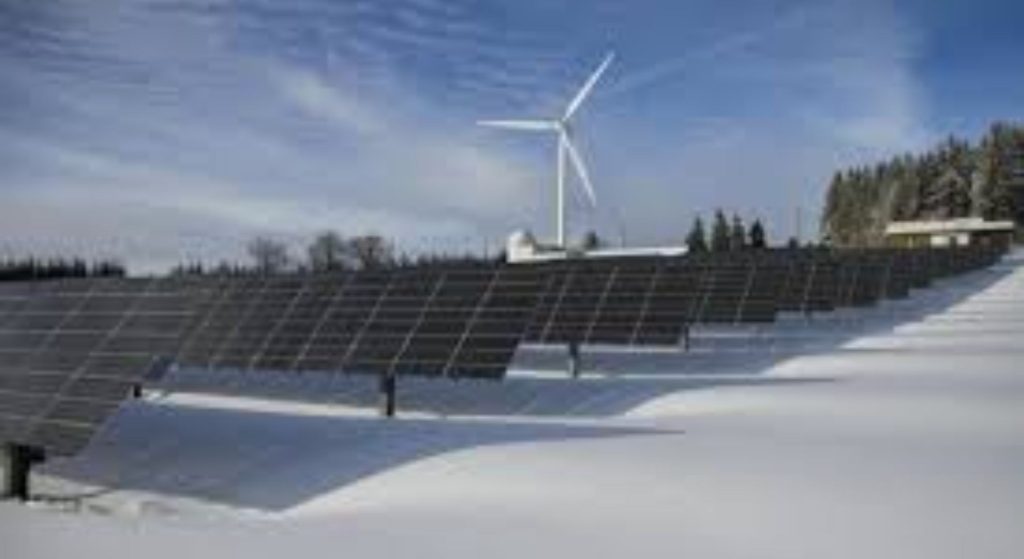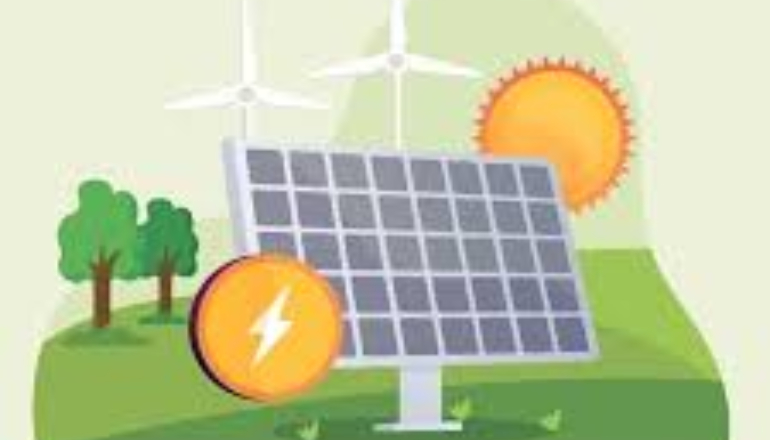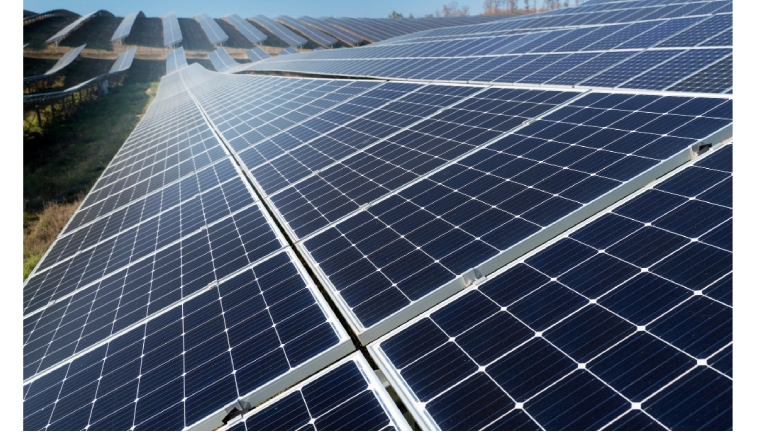As nations look to secure supply chains and economic opportunities, a new IEA analysis demonstrates the intricate interactions between energy, industrial, and trade policies.
Energy Technology Perspectives 2024, the latest IEA publication, focuses on the future of the top six mass-produced clean energy technologies. These include solar photovoltaics, wind turbines, electric vehicles, batteries, electrolysers, and heat pumps.
The global technology market is projected to grow from $700 billion in 2023 to over $2 trillion by 2035, equivalent to the value of the crude oil market in recent years, largely due to current policy settings. The clean technology trade is projected to significantly increase, reaching $575 billion within ten years, surpassing half of the current global natural gas trade.
The IEA report highlights the significant opportunities for nations to manufacture and trade clean energy technologies due to their rapid adoption. It also presents difficult choices for governments, who must balance trade-offs and tensions depending on the industrial and trade policies they choose to implement.
Clean technologies market is expected to surpass fossil fuels in value over the next decade. The integration of energy, industry, and trade is becoming increasingly interconnected as nations strive to establish their position in the new energy economy.
“As we have demonstrated, clean energy transitions offer a significant economic opportunity, which nations are rightfully attempting to take advantage of. Governments should, however, work to create policies that support ongoing competition, cost-cutting, and innovation in addition to advancements in their energy and climate goals,” said Fatih Birol, Executive Director, IEA.
The global clean technology market is growing rapidly, with significant investments in clean technologies being made by countries like China, the US, the EU, and India. Despite the impact of the US Inflation Reduction Act, the EU’s Net-Zero Industry Act, and India’s Production Linked Incentive Scheme, China is expected to dominate the global manufacturing sector, with its clean technology exports expected to surpass $340 billion in 2035. This is approximately equal to the combined oil export earnings of Saudi Arabia and the United Arab Emirates this year.
ETP-2024 highlights that nations at different stages of development can still access the clean energy economy, despite less than 5% of the value created by developing clean technologies today. The analysis of over 60 indicators, including business climate, energy and transportation infrastructure, resource availability, and domestic market size, provides crucial insights for emerging and developing economies.
The report suggests that emerging economies can leverage their competitive advantages to expand beyond mineral extraction and processing. In the next ten years, Southeast Asia may become affordable for polysilicon and solar panel wafer production, Latin America, particularly Brazil, expand wind turbine exports, and North Africa could become a center for electric vehicle manufacturing.
The Strait of Malacca, separating Pacific and Indian oceans, now accounts for half of all maritime trade in clean energy technologies. The Strait of Hormuz is involved in more than 20% of the fossil fuel trade, with varying implications for energy security.
It highlights the global impact of the growing trade in clean energy technology, suggesting that importing clean technologies could enhance energy supply resilience and longevity. Solar PV modules on large container ships can produce as much electricity as 50 LNG tankers’ natural gas or 100 bulk ships’ coal in a single trip.
“Many economies, not just a select few, should benefit from growth in the production and trade of clean energy technologies,” Dr. Birol stated. According to this report, nations in Africa, Latin America, Southeast Asia, and beyond have a great chance to be significant players in the emerging energy economy. And it concludes that they can realize this potential with strong strategic alliances, more funding, and more work to lower exorbitant financing costs.










